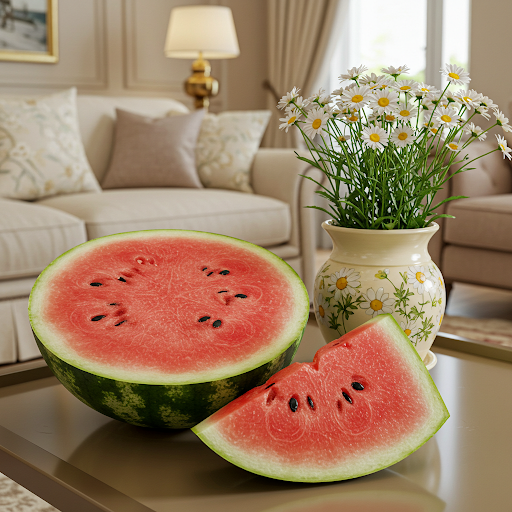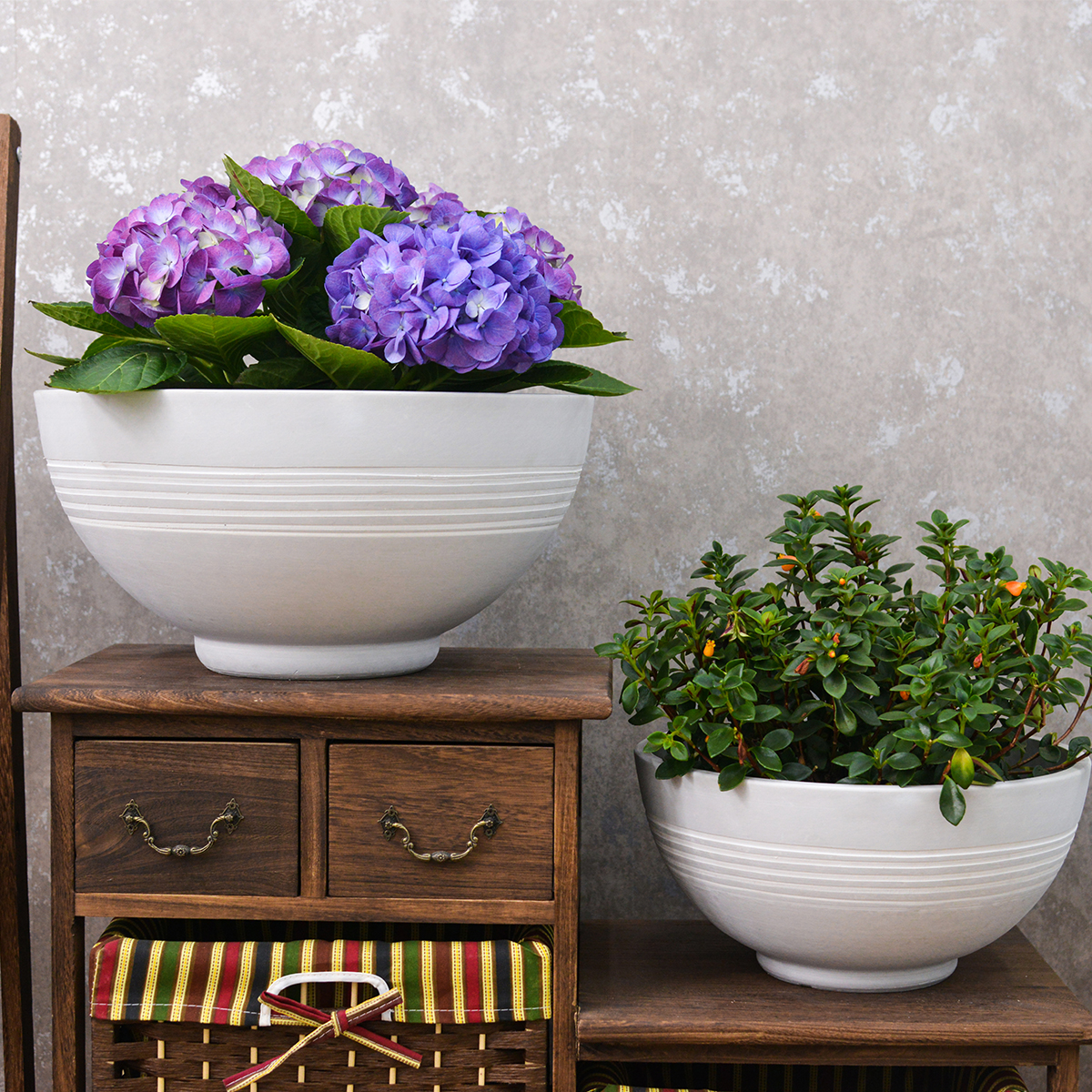Don’t Toss That Rind! Watermelon Peels are Garden Gold – Here’s How to Use Them
That juicy watermelon you just enjoyed? Don’t throw away the rind! What might seem like kitchen waste is actually a valuable resource for your garden. Watermelon rinds are packed with nutrients and moisture that can benefit your plants and soil in a variety of ways. This guide will explore the surprising ways you can reuse watermelon rinds and turn them into garden gold.
Why Watermelon Rinds are a Gardener’s Treasure:
Watermelon rinds are more than just tough outer layers. They contain:
- High Water Content: This makes them excellent for adding moisture to your compost pile and helping with decomposition.
- Essential Nutrients: Watermelon rinds are a good source of potassium, phosphorus, and nitrogen, all vital nutrients for plant growth.
- Organic Matter: As they break down, they add valuable organic matter to your soil, improving its structure and water retention.
- Attracts Beneficial Organisms: The decomposing rinds can attract beneficial microorganisms and earthworms to your garden.

Creative Ways to Reuse Watermelon Rinds in Your Garden:
Here are several practical ways you can repurpose your watermelon rinds:
1. Compost Booster:
- How to Use: Chop the watermelon rinds into smaller pieces to speed up decomposition. Add them to your compost bin along with other organic materials. Their high water content will help keep your compost moist.
2. Soil Amendment (Direct Burial):
- How to Use: Dig small holes around your plants and bury chopped-up watermelon rinds. As they decompose, they will release nutrients directly into the soil, enriching it and providing a slow-release fertilizer. Avoid placing them too close to the plant stems to prevent potential rotting.
3. Natural Mulch:
- How to Use: Cut the rinds into larger pieces and place them around your plants, flesh-side down. This can help suppress weeds, retain soil moisture, and regulate soil temperature. As they break down, they’ll also add nutrients to the soil. Replace them as they decompose.
4. Hydration for Thirsty Plants (Emergency Use):
- How to Use: In a pinch, if your plants are looking wilted and you need a quick boost of moisture, you can place watermelon rinds (flesh-side down) near their roots. The moisture will slowly seep into the soil. This is a temporary solution, and you should still water your plants properly.
5. Attracting Pollinators and Beneficial Insects (Use with Caution):
- How to Use: Some gardeners report that slightly overripe watermelon rinds can attract pollinators like bees and beneficial insects to the garden. However, be mindful that they can also attract unwanted pests like fruit flies if left for too long. Use this method sparingly and remove the rinds after a day or two.
6. Making Pickled Watermelon Rind (For the Adventurous Gardener):
- A Culinary Reuse: While not directly for the garden, pickling watermelon rinds is a traditional way to use them and reduce waste. These pickled rinds can then be added to your compost later.
Important Considerations When Using Watermelon Rinds:
- Chop Them Up: Smaller pieces decompose faster.
- Avoid Diseased Rinds: Do not use rinds from watermelons that showed signs of disease, as this could spread to your garden.
- Bury Them Properly: When burying rinds, ensure they are covered with soil to prevent attracting pests and to control odors.
- Don’t Overdo It: While beneficial, adding too much rind at once might disrupt the balance of your soil or compost.

Beyond Watermelon Rinds: General Tips for a Thriving Garden:
While watermelon rinds are a great resource, remember that a healthy garden relies on several factors:
- Proper Soil Preparation: Ensure your soil is well-draining and rich in organic matter.
- Adequate Sunlight: Provide your plants with the appropriate amount of sunlight.
- Consistent Watering: Water your plants deeply and regularly, according to their needs.
- Regular Fertilizing: Supplement your soil with appropriate fertilizers as needed.
- Pest and Disease Management: Monitor your plants for any signs of problems and address them promptly.
Conclusion: Embrace the Unexpected Benefits of Watermelon Rinds
Next time you enjoy a refreshing watermelon, think twice before discarding the rind. This often-overlooked part of the fruit is a valuable asset in the garden, offering a natural way to enrich your soil, retain moisture, and even give your compost a boost. So, get creative and turn those watermelon peels into garden gold!
K2-11T
By greenship|2024-08-13T04:21:25+00:00August 13, 2024|Categories: Hand-carving Series|
11TH
By greenship|2024-08-13T02:50:25+00:00August 13, 2024|Categories: Hand-carving Series|
HS
By greenship|2024-08-13T06:45:17+00:00August 13, 2024|Categories: Hand-carving Series|
Modern Plant Pots丨Planter for Indoor Plants,8 inch or 10 inch Plant Pots with Drainage Hole,Decorative Flower Pots
By greenship-seo|2025-04-10T08:32:55+00:00January 7, 2025|Categories: Hand-carving Series|Tags: Decorative Flower Pots, Self-Watering Pots|
KC3-09k
By greenship|2024-08-16T06:24:36+00:00August 16, 2024|Categories: Hand-carving Series|
11V
By greenship|2024-08-13T03:05:48+00:00August 13, 2024|Categories: Hand-carving Series|






